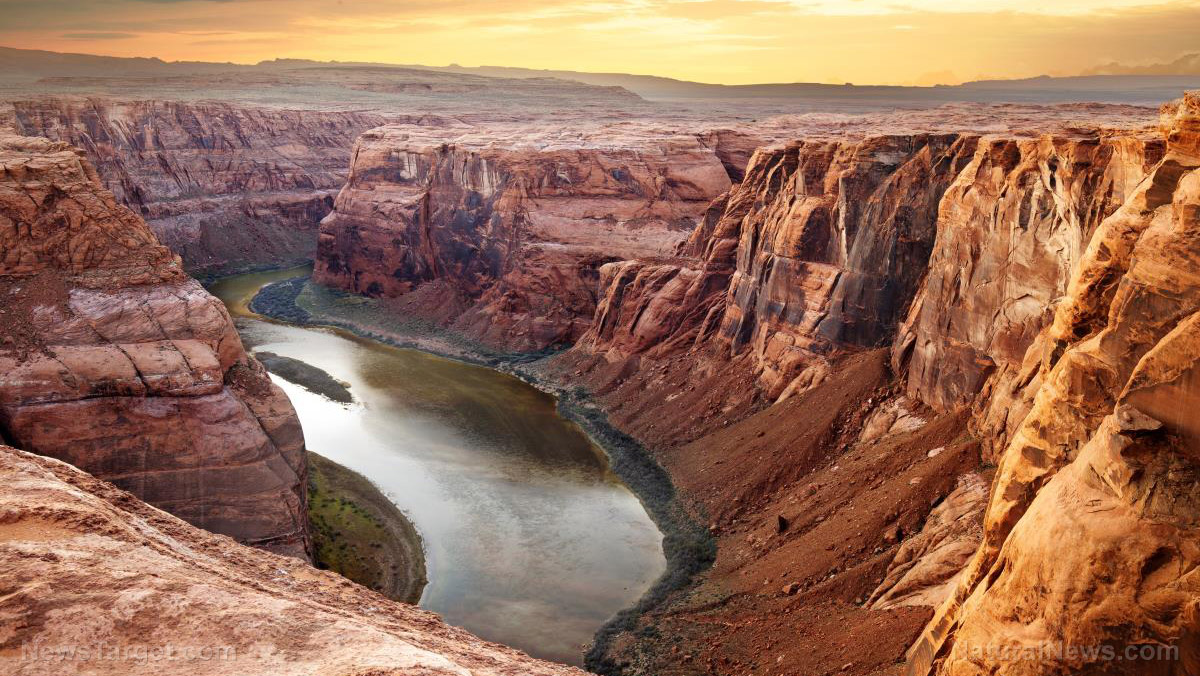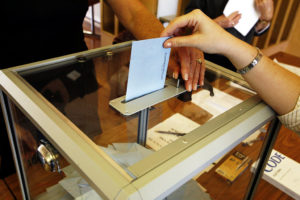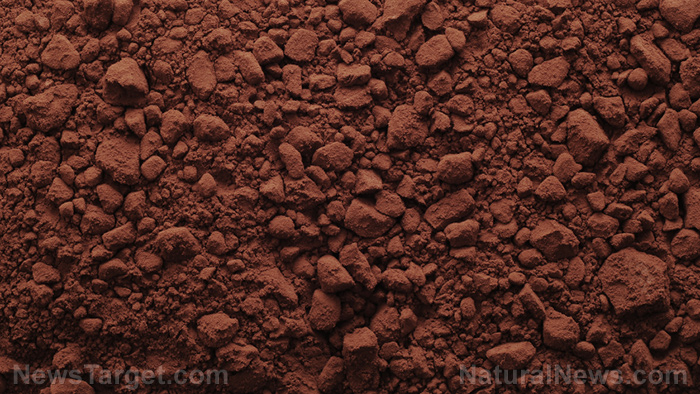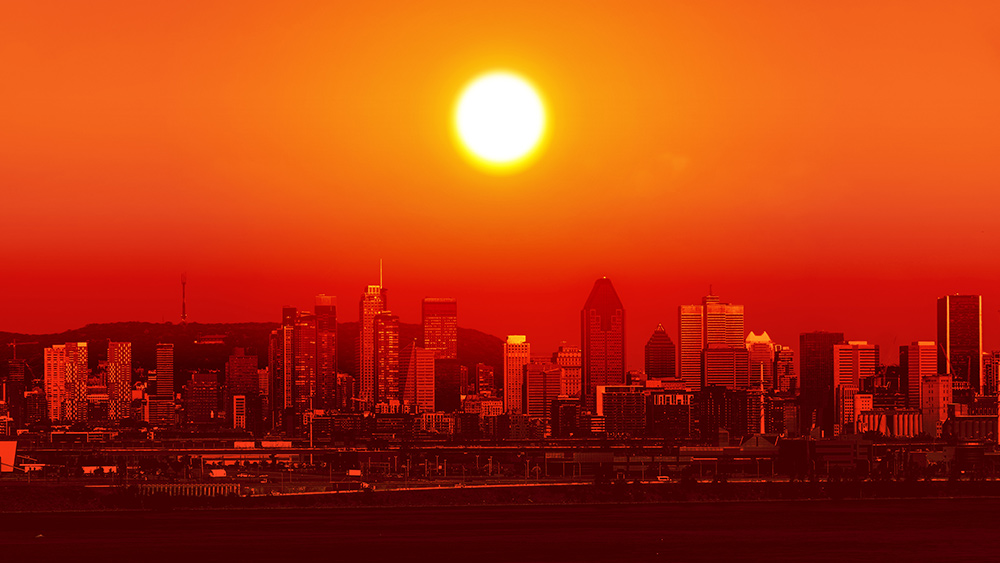
The USBR says that the dam will cease to generate power once its water level sinks below 3,490 feet. Once Lake Powell's water level goes below 3,370 feet, it will no longer serve its purpose of holding and distributing water. However, the bureau establishes a higher safety threshold level of 3,525 feet for the lake – with an extra buffer before it stops generating power.
A Sept. 22 USBR statement said Lake Powell may no longer generate hydroelectric power as early as July 2022. The same statement adds that there is a 25 percent to 35 percent chance of the lake's water falling below 3,490 feet beyond 2022. It also mentions that there is an almost 90 percent chance Lake Powell's water will go lower than the USBR's safety threshold level by 2022.
The bureau earlier recorded on Sept. 20 that the Glen Canyon Dam's water elevation was 3,546.93 feet. The Sept. 20 elevation equated to just 30 percent of the lake's capacity.
USBR Upper Colorado Basin Regional Director Wayne Pullan says in the statement: "The latest outlook for Lake Powell is troubling. This highlights the importance of continuing to work collaboratively with the Basin States, Tribes and other partners toward solutions."
In line with Pullan's remarks, USBS has begun supplying water to Lake Powell from three reservoirs up the river – Flaming Gorge, Blue Mesa and Navajo. The water from these reservoirs will provide up to an extra 181,000 acre-feet of water to Lake Powell by the end of 2021, the statement adds. (Related: Running out of water: Two US water reservoirs hit record lows in June 2021.)
Lake Mead also faces dwindling water levels
Meanwhile, Lake Mead only holds 35 percent of its water capacity. The Sept. 22 USBR statement projected the same dire forecast. It mentioned that Lake Mead has a 66 percent chance of hitting 1,025 feet – the third shortage trigger – in 2025. Furthermore, it projects that the reservoir has a 22 percent chance of hitting below 1,000 feet in the same year.
The statement nevertheless remarks that USBR continues work with all seven states in the Colorado River Basin to address the conditions there. USBR Lower Colorado Basin Regional Director Jacklynn Gould says: "We're providing detailed information on our modeling and projections to further generate productive discussions about the future of Lake Powell and Lake Mead based on the best data available. Being prepared to adopt further actions to protect the elevations at these reservoirs remains a [USBR] priority and focus."
Western Resource Advocates Water Policy Analyst John Berggren tells The Colorado Sun that snowpack is a major contributor to the Colorado River's water. He adds that the river basin's latest snowpack is 100 percent of normal, but says that only half of this has flowed into the river and its reservoirs due to either evaporating or soaking into dry ground. (Related: Water shortage on Colorado River poses severe challenge for Arizona farmers.)
Thus, the analyst warns that both Powell and Mead lakes remain in deep trouble even though a a future snowpack promises more water. He also adds that major water cutbacks for the states in the Lower Basin are now an "unavoidable reality."
"It's startling how with each new projection, you had thought it can't possibly get worse. Even just a year or two ago, most people would have thought these projections are pretty far away from happening. This just shows that we no longer have the luxury of thinking [water shortages are] a decade down the road," Berggren says.
WaterWars.news has more articles about the water shortages that states in the Colorado River Basin face.
Sources include:
Please contact us for more information.























